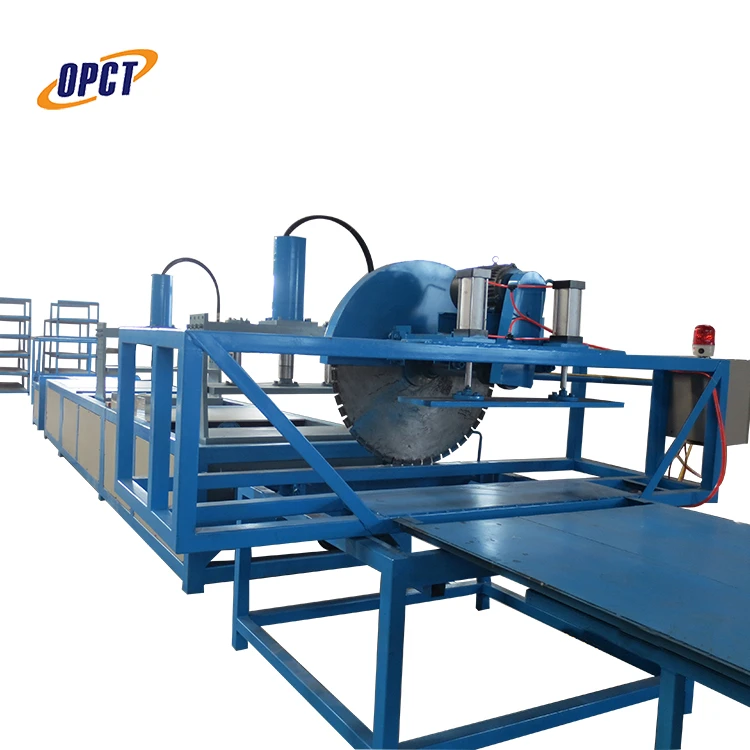When considering a stainless steel water tank, understanding the cost implications is crucial for making an informed decision. Stainless steel water tanks are renowned for their durability, resistance to corrosion, and hygienic properties. However, the cost varies significantly depending on several factors, making it essential to grasp both the upfront and long-term financial aspects.

Stainless steel tanks are an investment in quality. Unlike plastic or concrete alternatives, they offer longevity which often translates to cost-effectiveness over time. Initial costs can appear substantial, ranging anywhere from $500 to $5,000 or more, primarily due to material quality, manufacturing process, and size. However, these upfront expenses are mitigated by low maintenance needs and extended lifespan. Maintenance costs are minimal since stainless steel is resistant to rust and requires no coatings or liners, which are common in other tank types.
One must consider the grade of stainless steel used. Commonly, tanks are manufactured using 304 or 316 grade stainless steel. The 316 grade, often referred to as marine grade, contains molybdenum which significantly enhances corrosion resistance, especially relevant in saline or aggressive environments. Though more expensive than 304, the added cost can be justified by its superior resistance, reducing repair and replacement costs down the line. This is particularly important in industrial settings where chemical exposure might be significant, making the choice of 316 an economically sound decision over the long run.

Furthermore, customization impacts the overall cost. While standard tanks are readily available and generally less expensive, custom-designed tanks fitted to specific dimensions or fitted with additional features such as extra inlets/outlets or insulation for temperature control will inevitably cost more. Customized tanks are advantageous in specialized applications, ensuring that the system fits perfectly within the designated space and meets precise operational needs, contributing to operational efficiency.
Installation costs can also influence the overall financial outlook. Professional installation is recommended given the significant weight and potential for injury or damage during the process. Installation costs are variable, depending on logistical challenges such as transport, space constraints, and modification necessities to existing plumbing systems. DIY installations, while potentially less expensive, run the risk of improper setup leading to costly repairs or inefficient systems.
cost of stainless steel water tank
Consideration must also be given to potential additions like coatings to prevent external corrosion. While stainless steel is inherently resistant to corrosion, certain environments might necessitate protective coatings to extend the longevity of external facing surfaces. This would be an additional cost but offers peace of mind against environmental effects which could compromise the tank over time.
Energy efficiency is another aspect of cost. Stainless steel's reflective surface helps maintain water temperature levels to some degree, reducing the reliance on external heating or cooling systems. This characteristic can result in considerable savings, especially for industrial users where temperature control is crucial to operations.
Additionally, considering regulatory and compliance requirements can prevent unforeseen expenses. Some regions mandate specific grades or certifications for water tanks to ensure public health safety. Failure to comply can not only result in fines but also necessitate retrofitting or replacement of non-compliant tanks, elevating overall costs.
The decision to invest in a stainless steel water tank should factor in these cost considerations. While the initial price tag may seem significant compared to alternatives, the extended lifespan, reduced maintenance, and potential for customization present a cost-effective solution when viewed over the course of years. Businesses and homeowners alike can see tangible returns in the form of durability, reliability, and minimal operational disruptions. Consequently, evaluating the total cost of ownership rather than just the purchase price is essential for leveraging the full economic benefits offered by stainless steel water tanks.
Ultimately, purchasing a stainless steel water tank is a decision that combines initial financial outlay with significant long-term savings. By carefully considering size, quality, customization, and installation aspects, users can optimize both their budget and their water storage efficacy. For industries where reliability and hygiene are paramount, investing in stainless steel is not merely a purchase, it's a strategic asset contributing to the overarching operational integrity.




